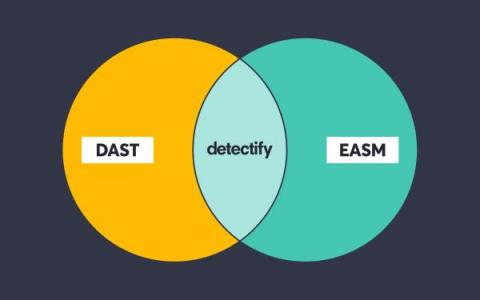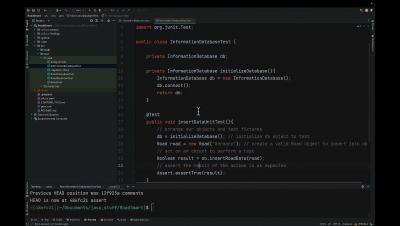Code Intelligence Integrates with Jest to Enable Developers to Test JavaScript for Vulnerabilities
Developers who run unit tests in Jest can now test their JavaScript applications for bugs and security vulnerabilities, including remote code execution, cross-site scripting, and injections.










